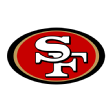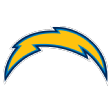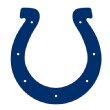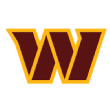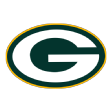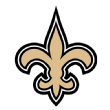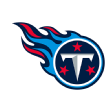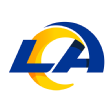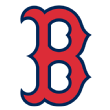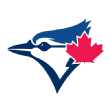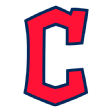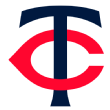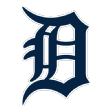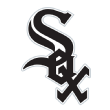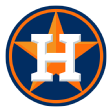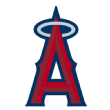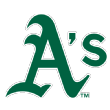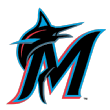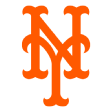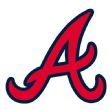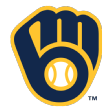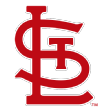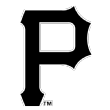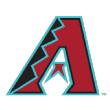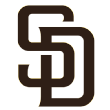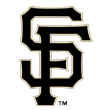NBA free agency Day 8: Harden's massive extension a good value?
On Day 8 of NBA free agency, here's our team-by-team analysis of the major and minor deals.
Updates on each deal will be posted here throughout the day. Latest addition: Washington matches the offer sheet for Otto Porter.
All deals listed alphabetically by team.
Houston Rockets

Signed guard James Harden to a four-year extension estimated at $170 million
Under normal circumstances, Harden would not be eligible for an extension so soon after renegotiating and extending his contract last summer, almost exactly a year ago. (That extension, like this one, was announced the second Saturday of July.)
So a clause in the new CBA was written specifically for Harden and Westbrook, allowing them a one-time opportunity to sign extensions this summer under the new designated veteran rules.
Because Harden would have been a 10-year veteran when he hit free agency in the summer of 2019 (presuming he declined a 2019-20 player option) and therefore already eligible for a contract starting at up to 35 percent of the cap, this extension doesn't actually give him any more money than he would have made by opting out then and re-signing with the Rockets. In fact, if that scenario had played out, Harden would have been able to sign for five years instead of the four he was able to add to his contract this way.
So Harden didn't have the same kind of incentive to extend now that younger players will have to sign designated veteran extensions, which allow them to make up 35 percent of the cap instead of the 30 percent that is typically their maximum.
The upside for Harden is the security of locking in max money. He becomes the first NBA player signed through 2022-23. While the actual value of this extension won't be determined until the 2019-20 cap is set in July 2019, based on the current NBA estimate of $108 million, this extension would pay Harden approximately $170 million on top of the nearly $60 million he was already guaranteed the next two seasons.
Compared with Harden, Houston bears the greater share of the risk with such a long deal. That's surely worth it for the security of knowing Harden won't hit free agency again until nearly age 34. Rockets GM Daryl Morey believes in superstars, and he's not about to take any unnecessary chance of letting Harden leave in the near future.
Harden should deliver enough surplus value during the early years of the extension to make up for the fact that he may no longer be a max player by his early 30s. My multiyear projections, which cover the upcoming three seasons, estimate Harden's value at $48.6 million during the 2019-20 season, when he'll make $37.8 million based on the current cap projection.
Minnesota Timberwolves

Agreed to a two-year, $8.9 million deal with guard Jamal Crawford
Having used their cap space to add a starting point guard (Jeff Teague) and a power forward option (Taj Gibson), the Timberwolves earmarked their room midlevel exception for a backup wing. And a little over a week into free agency, the options there were already thin.
While Minnesota has been linked to C.J. Miles, who would have been a great fit, it's possible the room exception wasn't enough to get him signed. The Timberwolves lost out on Nick Young, who got more money than they could offer next season. Young was signed by the defending champion Golden State Warriors.
After Miles and Young, there was a steep decline in the two-way talent available in free agency. Defense-first options Tony Allen and Luc Richard Mbah a Moute didn't make much sense for Minnesota, which needs shooting to complement starting wings Jimmy Butler and Andrew Wiggins. Among quality shooters, Mike Dunleavy Jr. and Gerald Green looked like the best choices.
Enter Crawford, 37, new to the market after agreeing to a buyout with the Atlanta Hawks on Friday following a trade. In fact, Crawford is so new to the market that he still must officially clear waivers on Sunday before he can sign with the Timberwolves.
Let's be careful not to overstate Crawford's shooting prowess. He's only an average 3-point shooter (36.0 percent last season, 35.0 percent career), though Crawford's high 3-point volume (5.4 attempts per 36 minutes) gives him gravitational pull on a defense. Still, Crawford hasn't scored with average efficiency since 2013-14, when he won the second of his three Sixth Man Awards.
In recent seasons, Crawford has been an inefficient volume scorer, which doesn't appear to fill a need for Minnesota. Assuming coach Tom Thibodeau staggers Butler and Wiggins, the Timberwolves will always have at least one shot creator on the court. We'll see whether Crawford can transition into a smaller role playing with more talent than he did with the LA Clippers' second units.
Playing alongside Butler and Wiggins should help Crawford by protecting him from the toughest defensive matchups. His individual defense has understandably deteriorated in his late 30s, leaving Crawford a significant minus at that end of the court. ESPN's real plus-minus rated Crawford more than three points per 100 possessions worse than league average last season, putting him in the league's bottom 10.
Minnesota could still use more of a 3-and-D option on the wing but will have to try to scrounge one up at the minimum, which is all the Timberwolves can offer now to fill out the remaining four spots on their roster.
Washington Wizards

Matched the Brooklyn Nets' offer sheet to forward Otto Porter
As expected, the Wizards took about the full two days to match the Nets' offer sheet to Porter, a restricted free agent. None of this should come as a surprise for either party.
Washington has been planning to match a max offer sheet to Porter since at least midseason, which motivated the Wizards to give up a first-round pick to Brooklyn in large part to shed Andrew Nicholson's contract at the trade deadline. (Washington also got Bojan Bogdanovic in that trade, but tax concerns led them to rescind Bogdanovic's qualifying offer, and he agreed to sign with the Indiana Pacers on Friday.)
Having already gone bargain shopping for a Bogdanovic replacement by signing Jodie Meeks, the Wizards now have 15 players under contract. That includes Sheldon Mac and Daniel Ochefu, whose 2017-18 salaries are guaranteed for just $100,000 apiece, but whether they make the team or not, those spots are likely to go to minimum-salary players. As a result, Washington will enter the season about $7 million into the luxury tax with a projected tax bill of $11 million.
As soon as Porter passes his physical -- a process that could take up to an additional four days, as Tim Bontemps of the Washington Post recently explained -- the Nets will be back at about $28 million in cap space, enough to max out Kentavious Caldwell-Pope if Brooklyn is interested in the unrestricted free agent. Caldwell-Pope would be a good defensive fit alongside D'Angelo Russell, but the Nets might prefer a better shooter in that spot because power forward Rondae Hollis-Jefferson gives them little floor spacing.
However, the NBA acknowledged that the new collective bargaining agreement (CBA) that went into effect July 1 hurt Harden and Russell Westbrook -- who signed a similar deal last year -- by denying them the opportunity to take advantage of the new designated veteran extension that would have allowed them to make more money.


